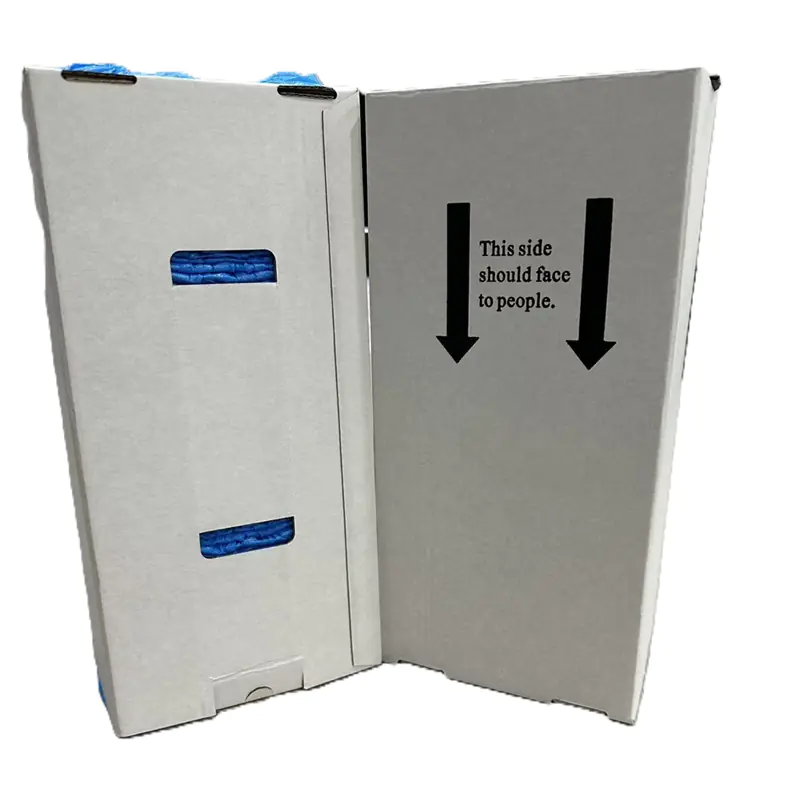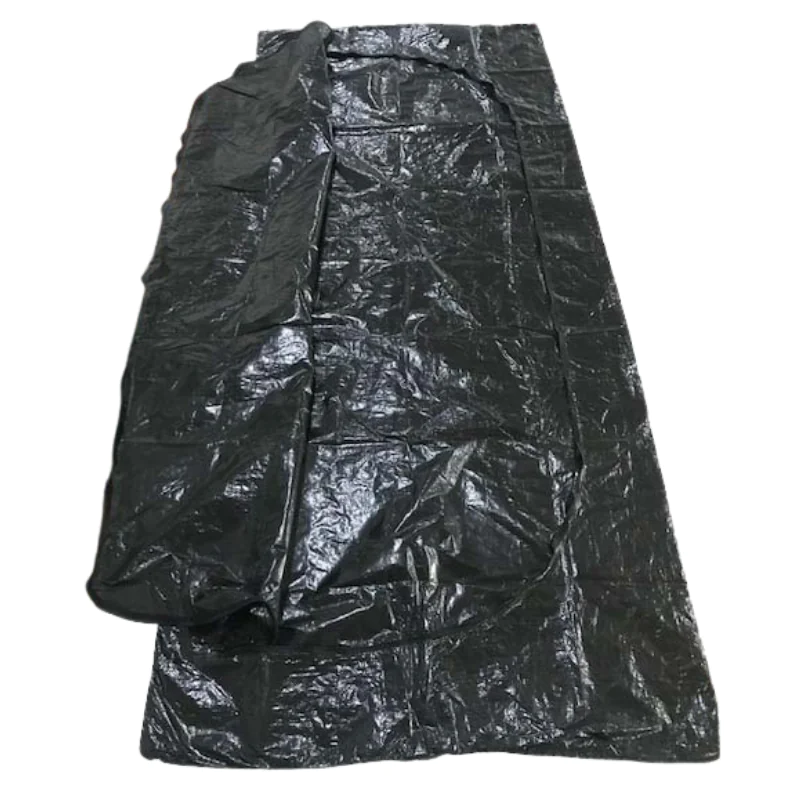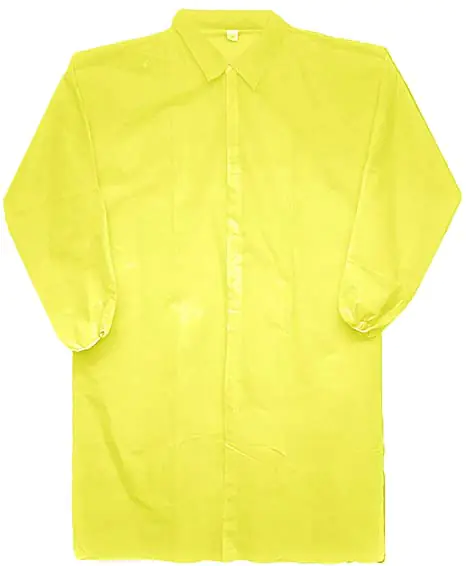Waterproof arm sleeves are a small tool with a big job. In food processing industries, they help keep arms dry, clean, and safe. They also help with compliance. When your team handles wet tasks, raw meat, fish, dairy, sauces, or wash-down work, these sleeves give a steady liquid barrier. This guide shows why waterproof arm sleeves for food processing industries matter, how to choose them, and how to use them the right way, every day, while ensuring safety and compliance.

What are waterproof arm sleeves?
Waterproof arm sleeves are covers that go from wrist to elbow, and often to upper arm. They block water, oil, and food fluids. Most styles are disposable for quick change and clean work. Others are reusable for set jobs. Many sleeves have elastic cuffs on both ends to seal to the skin or to a glove and a coat.
For fast choices, see:
- Wide options in PPE protective sleeves, disposable arm sleeve cover
- Classic plastic arm sleeve protectors: Disposable pe sleeve, plastic arm sleeve protectors
- Low-lint choices: Disposable non woven sleeve covers
- Match with a full body splash shield: Disposable Plastic Apron for Food Processing Industry
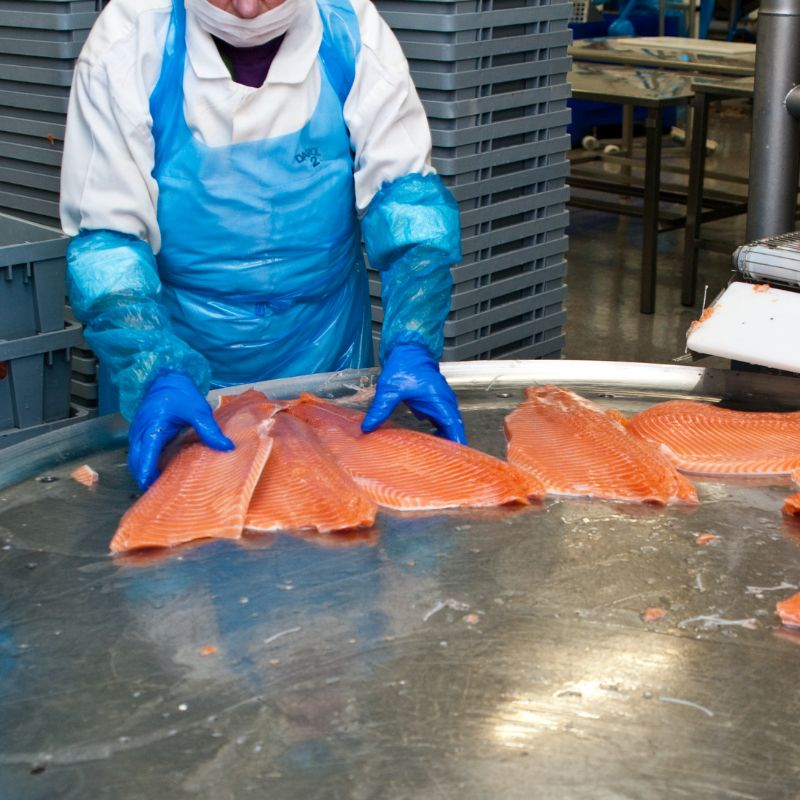
Why they matter for safety and compliance
Waterproof arm sleeves support safety and compliance in many simple ways:
- Liquid barrier. They block water, blood, brine, grease, and sauce.
- Hygiene control. They help cut cross-contamination from sleeves to food, and food to sleeves.
- Skin protection. They reduce skin contact with harsh detergents during clean down.
- Audit ready. Clean, intact sleeves show good habits and help with compliance checks.
- Worker comfort. Dry arms help your team stay focused and calm on long, wet shifts.
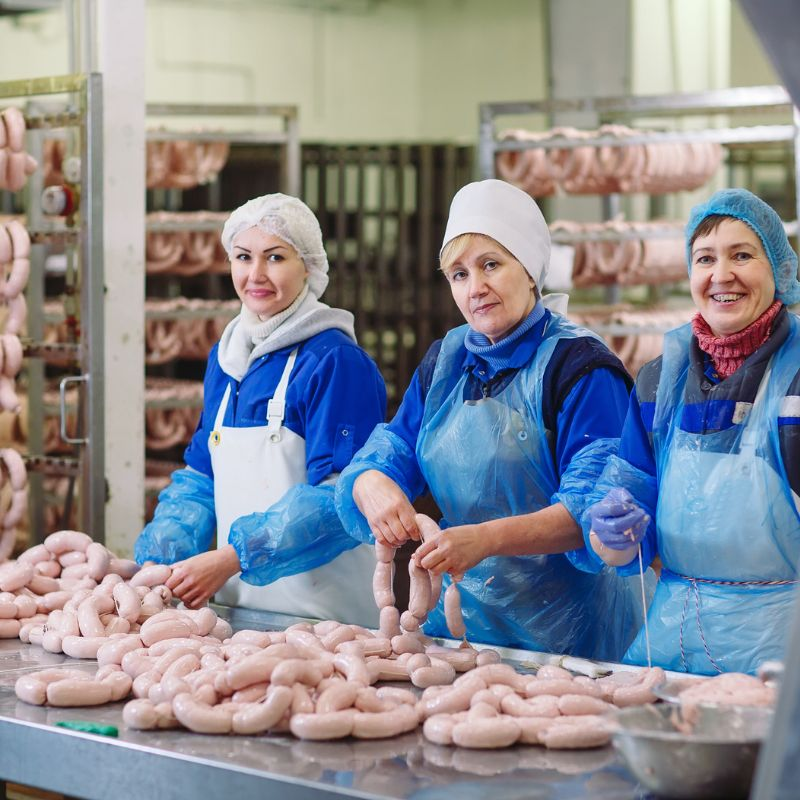
Common materials in food plants
Pick the material to match the task:
- PE (polyethylene). Light, waterproof, and cost-smart for short tasks and quick swaps.
- CPE (cast polyethylene). Thicker film with better tear resistance and grip when wet.
- Non woven with film. Soft inside, laminated film outside for low lint zones.
- Microporous film. Breathable film that still blocks splashes in warm rooms.
Tip: Test two types side by side on the line for one week. Ask which stays drier, fits better, and lasts a full shift.
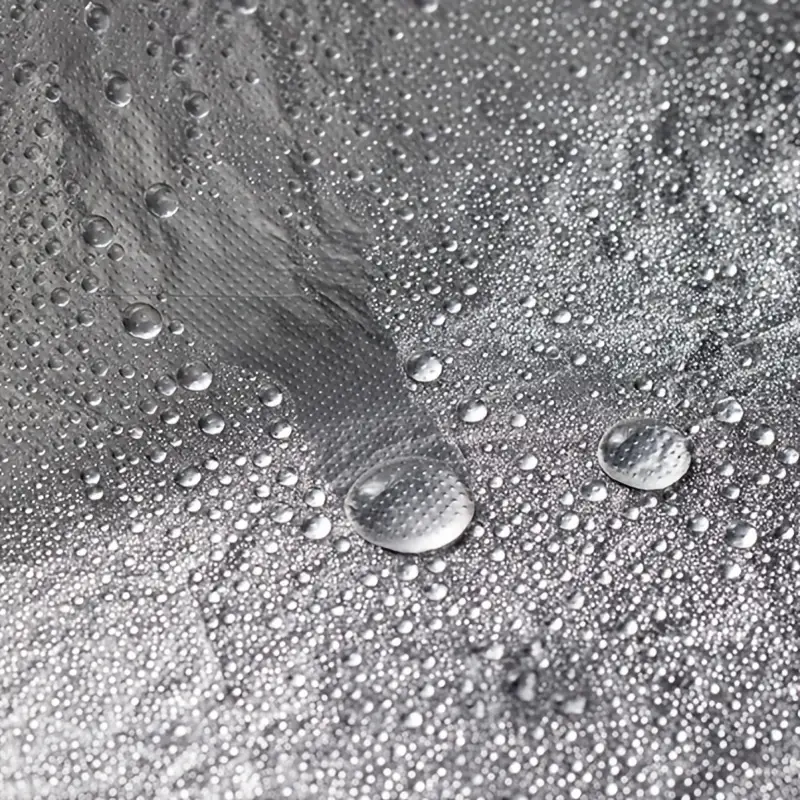
Key design features
Look for design points that boost safety and compliance:
- Double elastic cuffs for a snug seal at the wrist and upper arm
- Heat-sealed seams to stop leaks
- Textured film for better grip when wet
- Long length to cover above the elbow
- Color coding to mark zones or teams
- Single use packs for clean change-outs
Good sleeves should be easy to put on, stay put, and peel off without mess.

Where waterproof arm sleeves help most
These sleeves are used across food processing industries:
- Meat and poultry. Cutting, trimming, deboning, packing
- Seafood. Filleting, descaling, shelling, icing
- Dairy. Cheese cutting, filling, CIP support
- Produce. Washing, trimming leafy greens, peeling
- Bakery. Icing, filling, dish room tasks
- Sauce and ready-to-eat lines. Wet transfer, sealing, QA pulls
- Sanitation teams. Rinse, foam, and final rinse steps
Each area has wet steps where sleeves add a quick, clean barrier.
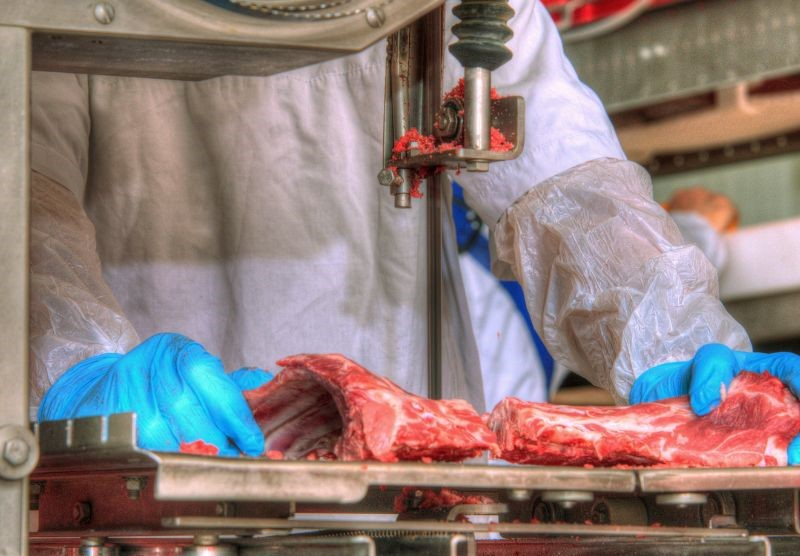
How to size and fit
A safe sleeve is a sleeve that fits. Use these easy rules:
- One size fits most works for many teams, but stock a larger size if some sleeves roll down.
- No gaps. The wrist elastic should meet the glove cuff with no skin showing.
- No slip. The top elastic should hold to the arm without pinch.
- Length check. With arms bent, the sleeve should still cover above the elbow.
Do a short reach, lift, and rinse test to confirm a steady seal.

Donning and doffing steps
Teach donning and doffing to lower contamination risk.
- Donning
- Wash and dry hands
- Put on inner glove if used
- Slide on the waterproof arm sleeves
- Seat the wrist elastic on the glove cuff
- Seat the top elastic above the elbow
- Put on outer glove if used
- Doffing
- Peel the top elastic down first
- Roll the sleeve inside out as you remove
- Keep the wet side in
- Drop in the right waste bin
- Wash hands again
Change sleeves if torn, loose, or soiled.

Pair sleeves with the right PPE
Sleeves work best with a full set:
- Aprons for chest and lap splash control
- Gloves with cuffs long enough to overlap the sleeve
- Hair nets and beard nets to stop loose hairs
- Shoe covers to keep floors clean in wet zones
For full front splash control, add a line-ready apron like the Disposable Plastic Apron for Food Processing Industry. For arm-only tasks, see Disposable pe sleeve, plastic arm sleeve protectors.

Color coding and visual control
Simple color coding helps teams and audits:
- Blue sleeves in raw zones
- White sleeves in cooked or clean zones
- Red sleeves for sanitation
- Clear sleeves for visitors
Post a one-page color chart at entrances to speed checks and cut mix-ups.

Stock, storage, and waste
A clean stock plan supports compliance:
- Use first in, first out (FIFO) for sleeves and aprons
- Store cartons off the floor, away from heat and wet
- Keep sleeves near the line to speed change-outs
- Use clear waste bins at exits for easy toss and fast resets
- Track use by zone to plan orders and avoid rush buys
Bundle sleeves by size and color for quick handout at shift start.
Training tips that stick
Short, clear training keeps habits strong:
- A 2-minute demo on the line
- Posters with big photos and bold steps
- Buddy checks before entering high care
- Quick refresh every month
- Supervisors model the same steps
Praise good use on the floor. Fix gaps at once.
Cleaning and sanitation steps
During wash-downs, sleeves protect skin from spray and detergent:
- Use sleeves rated for cleaning tasks
- Check for tears after each rinse
- Swap sleeves if the seal loosens in hot water
- Keep a dry backup pair nearby
Clean arms and hands well after doffing.
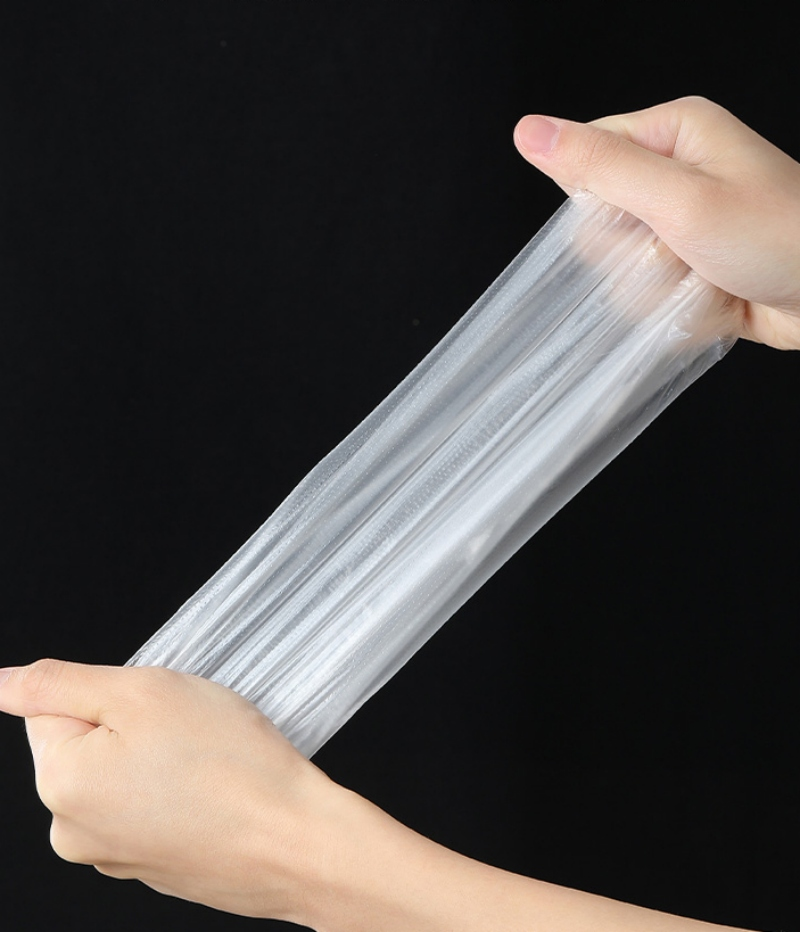
Simple buyer checklist
Use this to pick waterproof arm sleeves for food processing industries while ensuring safety and compliance:
- Barrier: Blocks water, fat, and sauce
- Material: PE, CPE, or non woven with film for low lint
- Seams: Heat-sealed or welded
- Cuffs: Double elastic for snug seals
- Length: Above the elbow with room to move
- Comfort: No pinch, no slip, no rough edges
- Color: Fits your zone code
- Disposable: One-and-done for clean changeovers
- Packs: Clear labels, size marks, and easy tear
- Value: Holds up for the full task with steady price
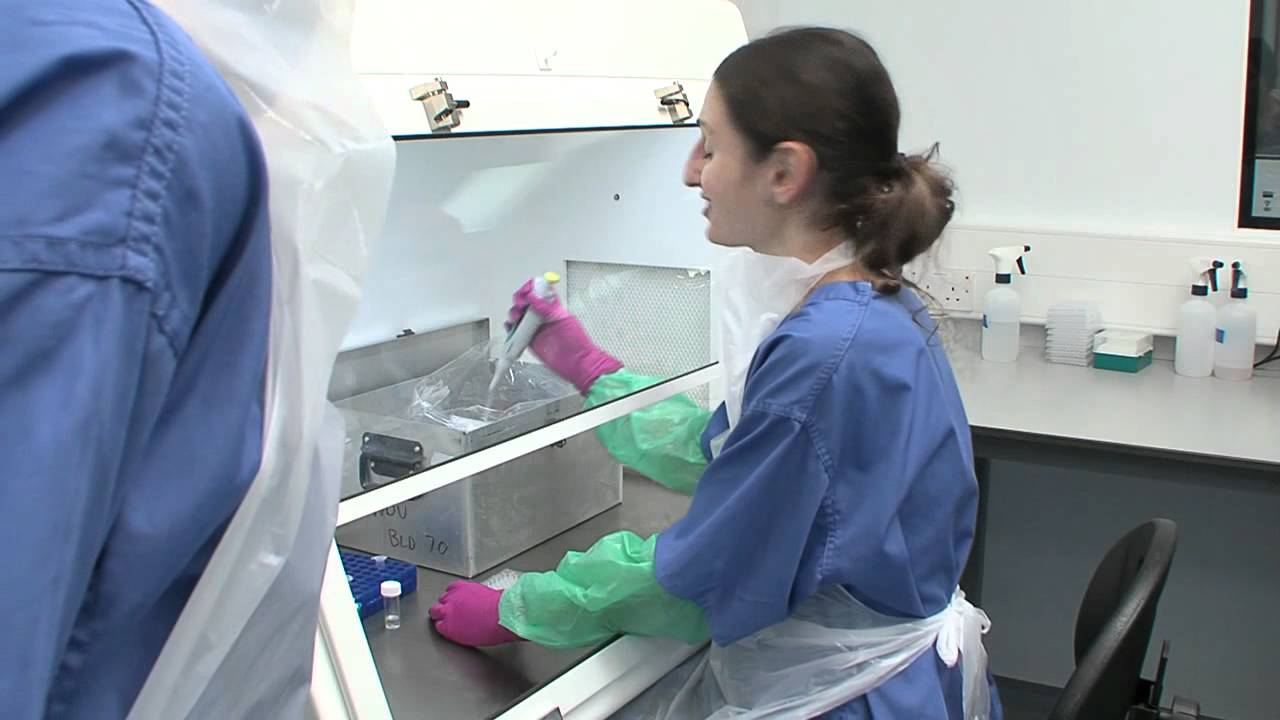
Product paths to speed your shortlist
- All-round sleeve set: PPE protective sleeves, disposable arm sleeve cover
- Film sleeves for wet lines: Disposable pe sleeve, plastic arm sleeve protectors
- Soft and low lint: Disposable non woven sleeve covers
- Front splash partner: Disposable Plastic Apron for Food Processing Industry
Bottom line
Waterproof arm sleeves help teams work dry, clean, and safe. In food processing industries, they support steady hygiene, tight process control, and clear compliance. Pick the right material and design. Train donning and doffing. Use color coding and a clean stock plan. Pair sleeves with the right aprons and gloves. With these simple steps, your plant can keep people safe, protect food, and pass checks with ease—shift after shift.



